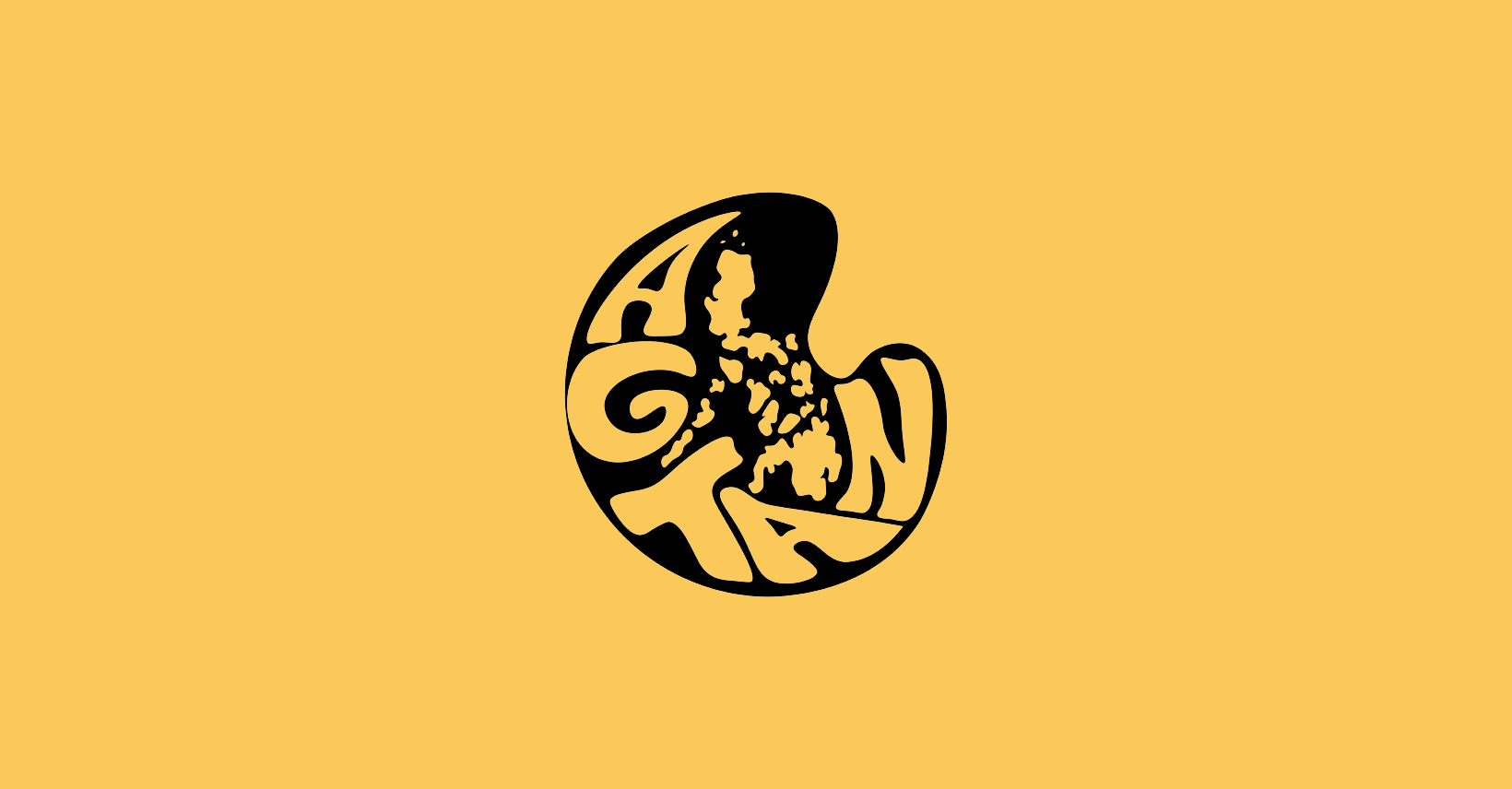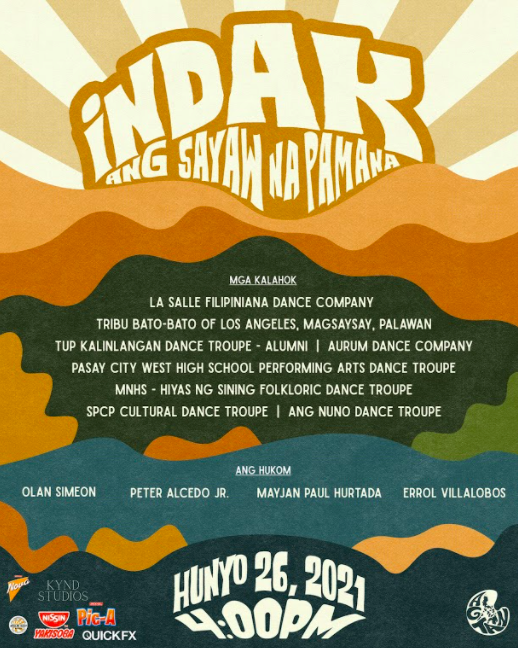One. Two. Three. One. Two. Three.
These three words still echo in my mind as I remember my P.E. teacher chanting these words when he was teaching us Mindanaoan dance steps back in Junior High School. “One, two, three. One, two, three.” The significance of learning folk dance was beneath me– not until today.
Whenever I hear the word “heritage” or “pamana”, I often associate it with “money” or any material that has a monetary value; but some heritages are worth more than these. A perfect example of this is our Filipino culture and identity that has been passed down from generations to generations. The Philippine Folk Dances are one of these and they have always played a crucial part in preserving, upholding, and promoting our culture and identity. During fiestas and other important events, we always perform different folk dances. Through this, each person involved is being connected with each other and to our Filipino tradition, thus, establishing unity, mutual understanding, and trust, while keeping our Filipino culture alive.
Most of the time, these are being danced because we enjoy them and we know it’s part of our culture but it is often forgotten why and how they became part of centuries-old culture and identity. This is when I finally realized why my P.E. teacher persevered to teach us even a portion of the Filipino folk dances. It is to remind us that whenever we perform them, we celebrate our tradition, we relive the lives that our ancestors lived, we communicate and unite with our fellow Filipinos, and most of all, we connect to ourselves. To quote-unquote Martha Graham, “Dance, the hidden language of the soul.”
However, amidst the evergoing preservation and promotion of our culture and identity, including Philippine folk dances, there are times that we face hurdles. Currently, we are under a pandemic and it is difficult for everyone to do the usual ways of promotion and celebration because it is not safe for a large crowd to gather, celebrate, and dance together. Nevertheless, we cannot let such hurdles hinder us in upholding and commemorating our tradition. This May 2021, we celebrate National Heritage Month with the theme “VICTORY AND HUMANITY: Upholding Filipino Heritage and Identity” in a more modern way. The theme underscores the need to strengthen public awareness and explore initiatives on advocating for the conservation and promotion of Philippine cultural heritage and the Filipino identity in this time of crisis. To be one with the celebration and accomplishment of the goal, Agtan PH, a youth-led organization, seeks to pay homage to the country’s cultural art forms, specifically, folk dance through “Indak: Ang Sayaw Na Pamana”, an online benefit dance contest to be held on June 26, 2021, at 4:00 pm via Facebook Livestream and Zoom.
This competition aims to give a spotlight to the unrecognized Philippine Folk Dances. The project aims to touch the hearts of Filipinos and open their eyes to the beauty of our culture through dance and to ease the struggle of our brothers and sisters from the Indigenous peoples’ groups through beneficiaries. Indak will not only educate the youth on the value of arts towards
our national identity by providing a platform for local artists to share their talents but also popularize the cultures from different parts of the country.
Proceeds from the competition will go to their partner organization, Cartwheel Foundation, a non-stock, non-profit organization that aims to nurture Filipino indigenous heritage through relevant education. Since its inception in 1999, Cartwheel has extended assistance to approximately 11,000 indigenous peoples all over the Philippines and has produced over 776 pre-school graduates, 229 adult learners, and 64 college graduates from across the nation, with most of them becoming movers in their respective communities or in the IP sector on the whole.
“One , two, three. One, two, three.” With all of these, it makes a lot of sense to me now why my P.E. teacher kept on counting over and over again for my classmates and I to fully learn and master the Philippine Folk Dances. I used to wonder where and when I could use them but now that I’m part of Agtan PH and as a Filipino, I’m glad I got to learn them. Just by merely dancing them in our homes at any time of the day, at any day of the week, while showing and sharing them with our families and friends through video calls, it is already a form of celebration, preservation, and promotion of our culture and identity. Through this contest, as one nation, let us celebrate the beauty of our culture, one Indak at a time.
ADVT.




